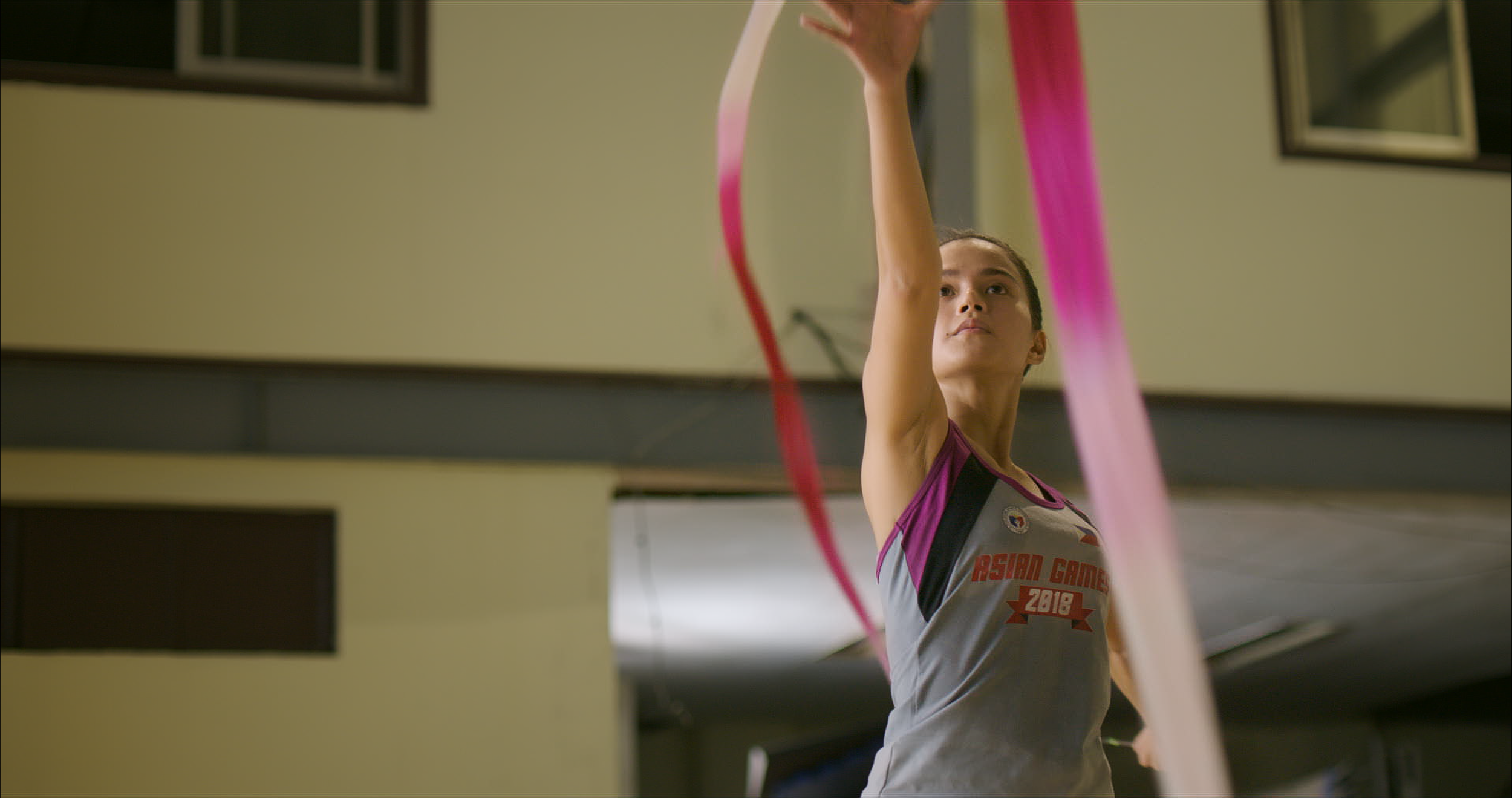Seeing MiraNila: A House That Witnessed History
Seeing MiraNila: A House That Witnessed History
Feature artwork by Kyle Livelo
In the quieter district of present-day Cubao, then a barrio of San Juan del Monte, the house of MiraNila stands as if time had stood still.
MiraNila was established by Conrado Francia Benitez, an educator and a constitutionalist, and his wife, Francisca Tirona Benitez, co-founder of the Philippine Women’s University. Gregorio Melchor Paredes, Francisca’s first cousin, and Cornelio Pineda led the house’s construction in 1929. The two previously worked on the Manila Post Office and other landmark government buildings.
MiraNila’s facade - built in the California Mission Revival Style | Photo by: Ms. Purissima “Petty” Benitez-Johannot
The house is built in the California Mission Revival style, which seamlessly blends Spanish and American influences, a timely transition given the country’s colonial history. It also drew inspiration from the houses in the Tuscan style, specifically in the city of Florence during the Benitez family’s trip to Europe.
The name MiraNila came from the Benitez’ daughter and would-be house matriarch, Helena. From the highest floor of the house, the then 18-year-old Helena saw a fire raging in Intramuros that ravaged and destroyed the old Ateneo de Manila campus. She went down to her brothers and exclaimed, Mira á Manila! or “see Manila!”
Intramuros fire of August 13, 1932 | Photo by: John Tewell (Flickr)
MiraNila also played a vital role during the Second World War. According to the oral accounts of Fely Clemente, one of the housekeepers, MiraNila served as an outpost for the Japanese Imperial Army during the Occupation until the last days of war, akin to many scenes in GMA’s Pulang Araw. The Benitez family was able to reclaim the house safe and intact after the war. However, the house of former chief justice Jose Abad Santos, a family friend, met a tragic fate and was ravaged into ashes.
During the peacetime of the 1950s, MiraNila began to welcome distinguished guests. These included numerous Philippine presidents as well as American icons Dwight D. Eisenhower and Gen. Douglas MacArthur, whose cane was rumored to have been left behind in the house. MiraNila also witnessed other significant events such as the U.S. First Cavalry’s takeover after the war, the creation of a national folk-dance company, the founding of a political party intent on good local governance, and the site for final hurdles of the rigorous Philippine Foreign Service examinations.
MiraNila was declared a heritage house by the National Historical Commission of the Philippines (NHCP) on April 7, 2011. Under R.A. 10066 or the National Cultural Heritage Act of 2009, existing structures built after 50 years of its construction are protected by the said law.
MiraNila’s main dining area leading to the grand staircase | Photo by: Kyle Livelo
The interiors of MiraNila evoke the grandeur of the times. Paintings from Fernando Armosolo, Fabian de la Rosa, and Simon Flores graced the walls. Two thousand pieces of art, furniture, and ceramics procured by the house’s residents inhabit the space. The house matriarch Helena acquired a collection of Mindanaoan musical instruments such as the kulintang and the dadabuan. Over four thousand book titles, some of which are protected behind glass walls, can also be found.
A Japanese painting at the house’s living room | Photo by: Andre Ryan Maceda
Some of the house’s highlights are the grand staircase that leads to a family room-cum-office, the bedroom corridors, and the watchtower where Helena saw a burning Intramuros.
Collage photos of the furniture and household items | Photo by: John Emmanuel Degocena
Through the initiatives of the Benitez-Tirona MiraNila Foundation to preserve the family’s legacy, MiraNila opened its doors to the public through social initiatives. Concerts were held such as the “Strings of Gold” series featuring the cellist Damodar Das Castill and pianist Mariel Ilusorio and the Manila Symphony Junior Orchestra.
The property also became a venue for weddings and photoshoots. Emma Ferrer, Audrey Hepburn’s granddaughter, notably paid a visit for the Intimate Audrey Exhibit.
And as a means to broaden the house’s audience, specifically to cater to the younger generation, the MiraNila team planned outdoor film screenings. On its first night, Pelikula sa MiraNila screened two movies that spoke to the heart and soul of this young cinephile generation: Jopy Arnaldo’s Cinemalaya-winning Gitling and Celine Song’s Oscar-nominated Past Lives, both films sharing common themes of connection and language.
The sold-out outdoor screening during the Pelikula sa MiraNila last Feburary 4, 2025 | Photo by Kyle Livelo
Pelikula sa MiraNila will conclude on February 12 with two short films: Martika Ramirez Escobar’s Living Things and Carla Pulido Ocampo’s Tokwifi. Meanwhile, Prime Cruz’s Isa Pa With Feelings will serve as an intermission. These movies also share the common theme of communicating each other's feelings, a hot topic among the younger generation.
In closing, while our history is marred by countless tragedies, one can hope for a better future if we lift ourselves from the ashes and continue moving forward.
Pelikula sa MiraNila concludes on February 12 at the MiraNila Heritage House and Library.
Special thanks to Ms. Purissima “Petty” Benitez-Johannot and Mr. Andre Ryan Maceda for their invaluable input.
























